
Logistics (113)
How Self-Driving Trucks Could Disrupt Trucker Lifestyles And The Trucking Subculture
- Monday, 27 November 2023
- Logistics
- Written by Scott Koegler

Autonomous trucks are revolutionizing the freight industry, with significant technological advancements and investments dedicated to their development. Some forecasters even predict that truck driving will be among the first major industries to be targeted by AI-driven automation. However, it is unlikely that robotic trucks will completely decimate the trucking profession in one sudden phase transition.
Read more...Personal Shopper Drones and Last Mile Delivery
- Monday, 20 November 2023
- Logistics
- Written by Scott Koegler

Personal shopper drones are an exciting development in the field of last-mile delivery. These drones have the potential to revolutionize the way goods are delivered to consumers, offering a fast and convenient solution to the challenges of final-mile logistics.
The concept of personal shopper drones involves the use of unmanned aerial vehicles (UAVs) to transport goods directly to customers' doorsteps. These drones are equipped with advanced navigation and automation technologies that allow them to safely navigate through urban areas and deliver packages with precision and efficiency.
One of the key advantages of personal shopper drones is their ability to bypass traditional delivery routes and traffic congestion. By taking to the skies, they can avoid the challenges of navigating crowded streets and deliver goods directly to consumers in a fraction of the time it would take for a traditional delivery vehicle. This not only improves delivery speed but also reduces the carbon footprint associated with last-mile transportation.
Personal shopper drones also offer a level of convenience that is unparalleled in traditional delivery methods. With drones, consumers can receive their goods at their doorstep without the need to be present or interact with delivery personnel. This is particularly beneficial for busy individuals who may not have the time to wait for deliveries or prefer contactless transactions.
However, there are several limitations that currently restrict the potential of personal shopper drones in last-mile delivery. One of the main challenges is regulatory compliance. The operation of drones is subject to strict regulations and airspace restrictions in many countries, making it difficult to fully exploit their capabilities for commercial deliveries.
Another limitation is the weight and payload capacity of drones. While advancements in technology have led to the development of drones with increased payload capacity, the ability to carry larger and heavier packages remains a challenge. This restricts the types of goods that can be delivered by drones and may limit their applicability to small and lightweight items.
Additionally, the range and flight time of personal shopper drones are currently limited. Most commercially available drones have a relatively short flight time and range, which may restrict their use to localized delivery operations. This means that drones may be more suitable for deliveries in densely populated urban areas rather than remote or rural locations. This is primarily due to the higher concentration of potential customers in urban areas compared to less populated rural areas. In densely populated urban areas, delivery routes for drones can be more optimized and efficient, as there are shorter distances between delivery points and a greater number of customers in closer proximity.
Moreover, urban areas often have better infrastructure in terms of communication networks and landing areas, which are crucial for safe and reliable drone deliveries. Drones depend on the availability of strong and stable internet connectivity to ensure accuracy in navigation and real-time tracking. Additionally, urban areas tend to have designated landing spots, such as rooftops or open spaces, where drones can safely land and deliver packages.
In contrast, remote or rural locations usually have longer distances between delivery points, making drone deliveries less time and energy-efficient. The lack of proper communication infrastructure and landing spots further complicates the operations in these areas. Additionally, remote locations might have challenging environmental conditions, such as strong winds or rough terrain, which can pose risks to the stability and safety of the drones.
It is important to note that while drones can be more convenient for urban deliveries, there are still several regulatory, safety, and privacy concerns that need to be addressed before widespread drone deliveries can take place. Nonetheless, the potential for drones in densely populated urban areas is promising and can revolutionize the delivery industry by providing faster and more accessible services.
Despite these limitations, there is great potential for personal shopper drones to transform last-mile delivery. As technology continues to advance and regulations evolve, we can expect to see further improvements in drone capabilities, including increased payload capacity, extended range, and improved flight time.
In conclusion, personal shopper drones have the potential to revolutionize last-mile delivery by offering fast, convenient, and eco-friendly solutions. While there are limitations that currently restrict their widespread adoption, advancements in technology and regulatory frameworks are likely to pave the way for a future where drones deliver directly to consumers' doorsteps. [1]
Read more...Crazy Warehousing Robots - A Look At Some Of The Wackiest And Most Innovative Robots Being Used In Warehouses Today
- Monday, 06 November 2023
- Logistics
- Written by Scott Koegler

Over the years, robots have become an essential part of streamlining operations and increasing efficiency in different industries. While robots have been there for many decades, they have never been as advanced as they are today. Unlike traditional robots, modern robots go beyond the typical automated machines we are accustomed to seeing. They are being referred to as "crazy warehousing robots" for their wacky and innovative features that make them stand out in the industry.
Read more...How 3D Printing is Transforming Supply Chain Processes
- Monday, 02 October 2023
- Logistics
- Written by Scott Koegler

More than ever, 3D printing, also known as additive manufacturing, has emerged as a disruptive technology with the potential to revolutionize supply chain processes across various industries. This technology, apart from different application areas in supply chain is able to alter other industries for the better. In the supply chain sector, this innovative technology improves manufacturing methods offering numerous advantages over traditional manufacturing techniques, particularly in terms of flexibility, speed, and cost-effectiveness.
Read more...The Role of Drones in Last-Mile Delivery Optimization
- Monday, 25 September 2023
- Logistics
- Written by Scott Koegler
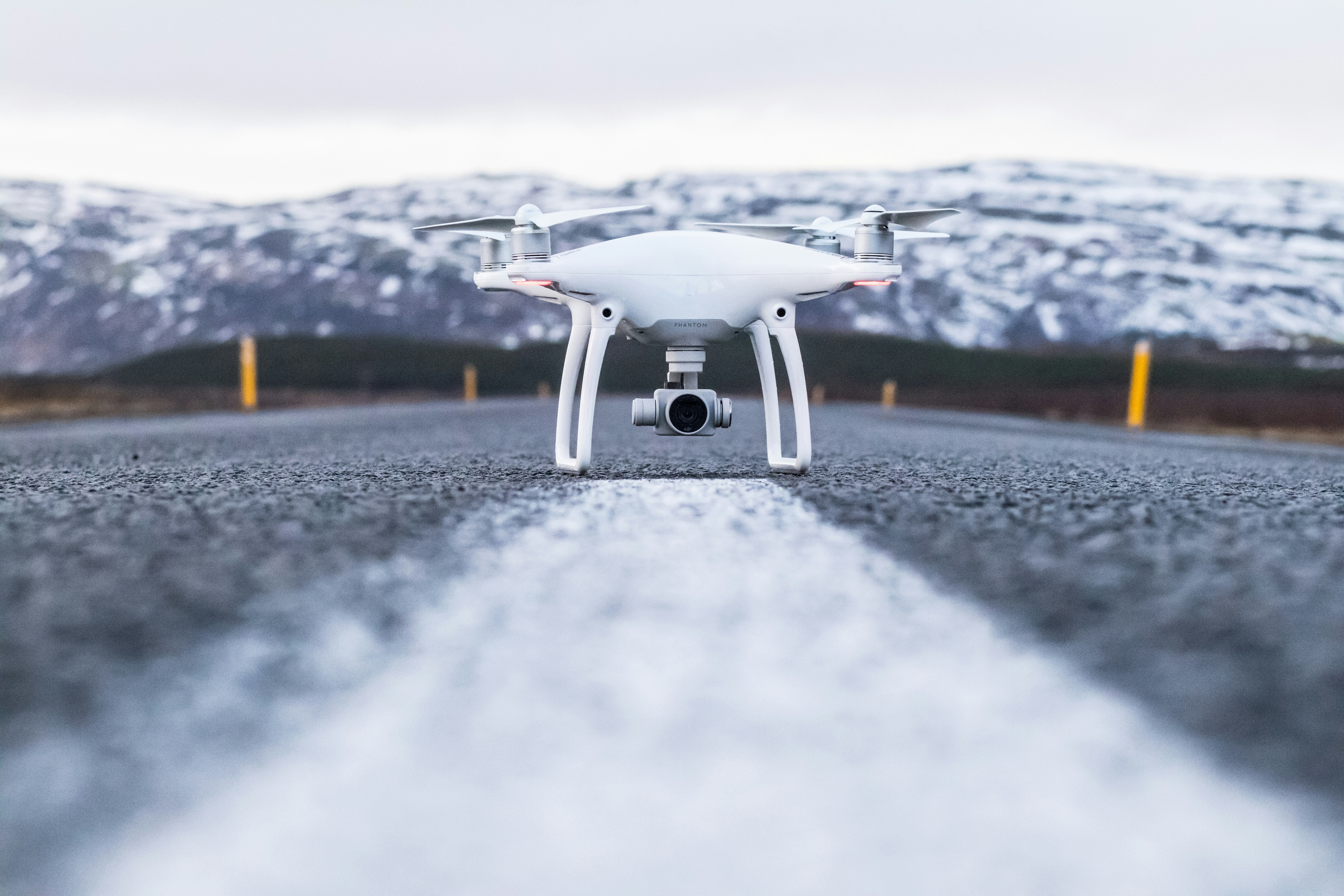
Over the past decade, drones have emerged as a game-changer in the field of last-mile delivery optimization. They are capable of transporting lightweight packages directly to customers swiftly and are billed to revolutionize the efficiency and speed of delivering goods.
Read more...Improving Inventory Management with Machine Learning Algorithms
- Monday, 18 September 2023
- Logistics
- Written by Scott Koegler

Machine learning is no longer just a talking point, rather, it has emerged as a powerful tool in various industries. In the field of inventory management, this technology is changing fortunes. With the advent of advanced analytics and big data, machine learning algorithms have paved the way for more efficient and accurate inventory management systems. In this article, we will explore the potential of machine learning and how it can revolutionize inventory management, enhance forecasting capabilities, optimize stocking levels, and ultimately maximize profitability for businesses.
Read more...America Runs on Oil – But Can U.S. Diesel Stockpiles Keep Up?
- Tuesday, 29 August 2023
- Logistics
- Written by Matt Muenster
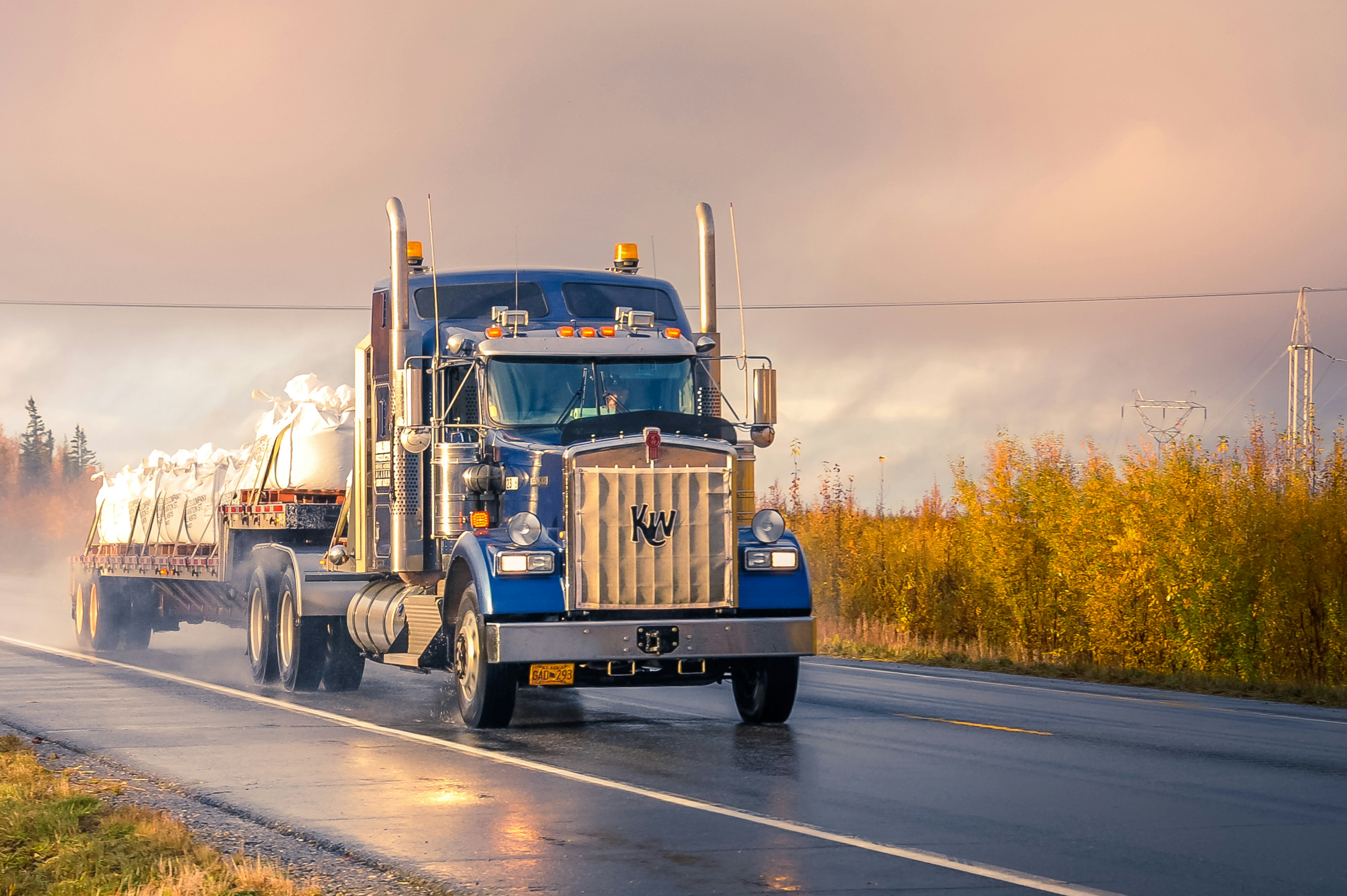
Recently, reports are showing that crude and fuel stockpiles are continuing to fall. As a whole, U.S. stockpiles of oil have yet to rebound from the decade-low inventory levels experienced in 2022. We’re using more oil than ever before, with the current record high in global oil consumption totaling about 102.5 million barrels per day. Last year at this time when oil supply was low, and production was at its peak, it wasn’t enough to level out oil supply vs. demand imbalances. So, is there any chance oil supply and demand will find a balance this year? We sat down with Breakthrough’s chief economist, Matt Muenster, for a deeper dive.
Read more...The Future of Robotics in Supply Chain Management
- Monday, 28 August 2023
- Logistics
- Written by Scott Koegler
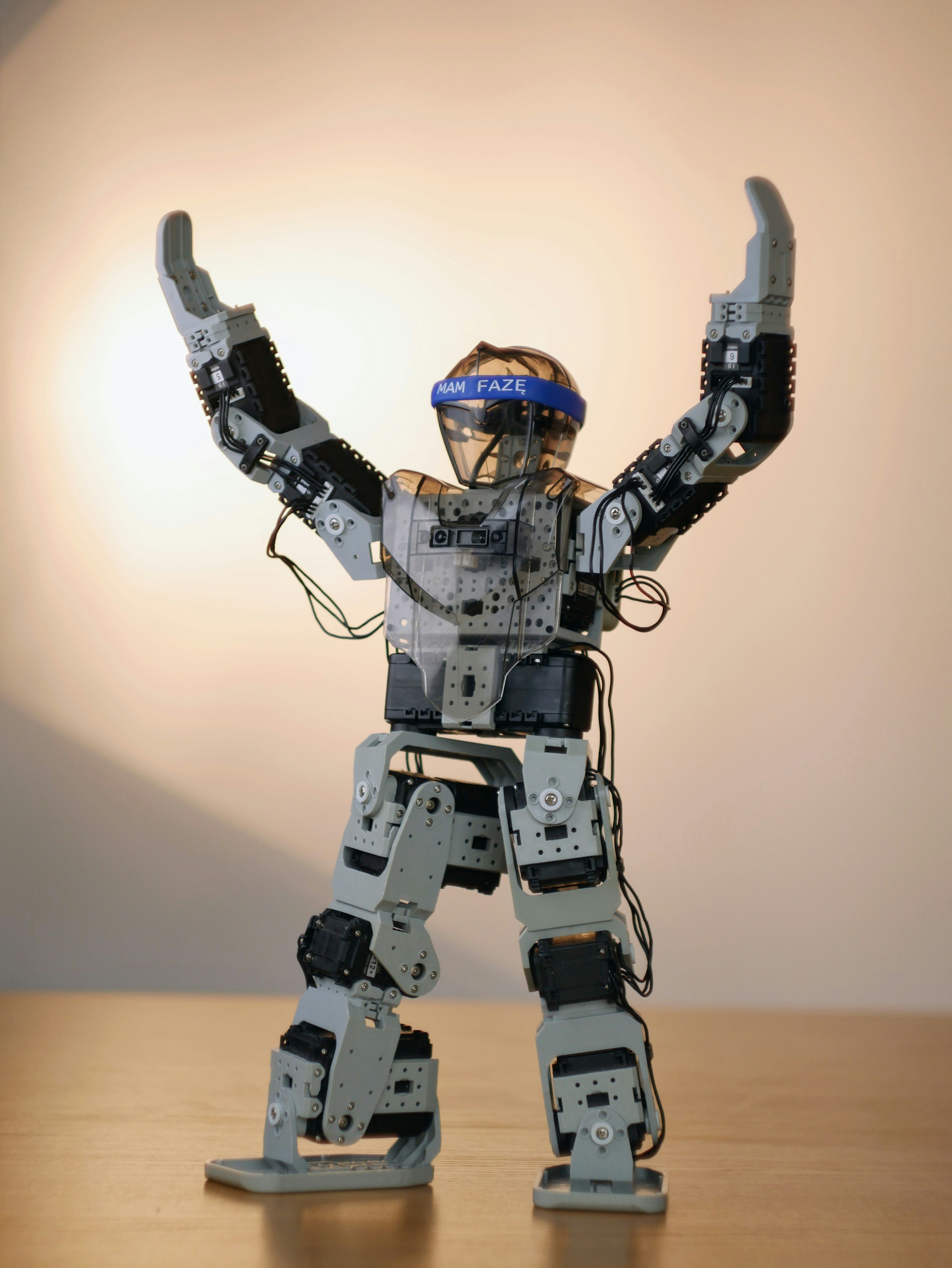
As the global supply chain faces unprecedented challenges, companies are increasingly turning to automation and robotics to enhance efficiency and navigate complex logistics. The use of robotics in supply chain management has been gaining momentum, with autonomous mobile robots (AMRs) leading the way in revolutionizing warehouse operations and paving the path for the future.
Read more...Streamlining Warehouse Operations with Automation Technologies
- Monday, 21 August 2023
- Logistics
- Written by Scott Koegler
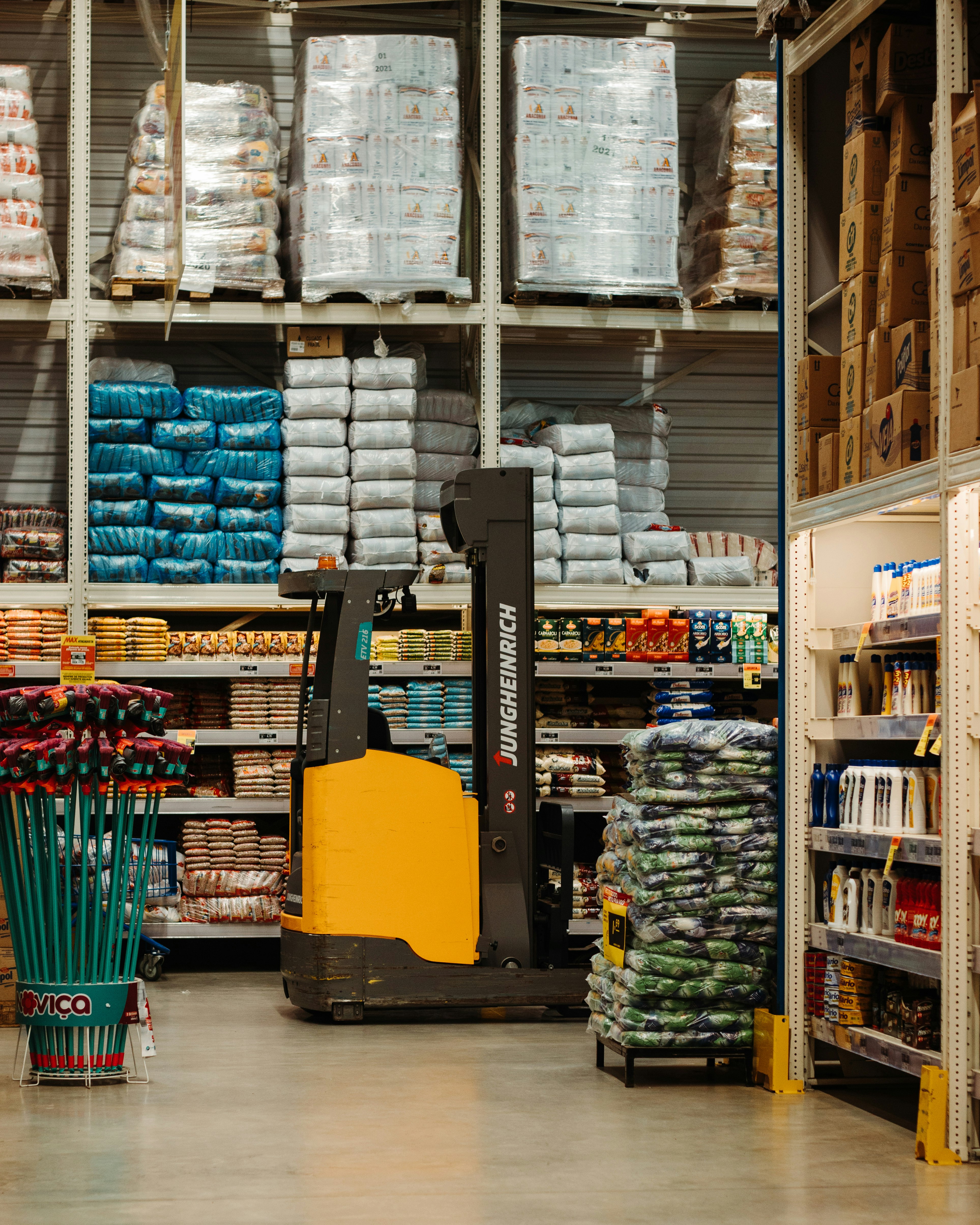
In a world that is becoming increasingly competitive, warehouse operations managers often face numerous challenges, more so when it comes to improving efficiency. However, with all these challenges, the implementation of automation has become a leading solution to most problems encountered by businesses. Through the integration of automation into warehouse operations, businesses can streamline processes, optimize workflows, and achieve better efficiency. In this article, we will explore the benefits of automation technologies in warehouse operations and how they can help businesses streamline their processes.
Read more...Optimizing Transportation Routes with Location Intelligence Technologies
- Monday, 24 July 2023
- Logistics
- Written by Scott Koegler
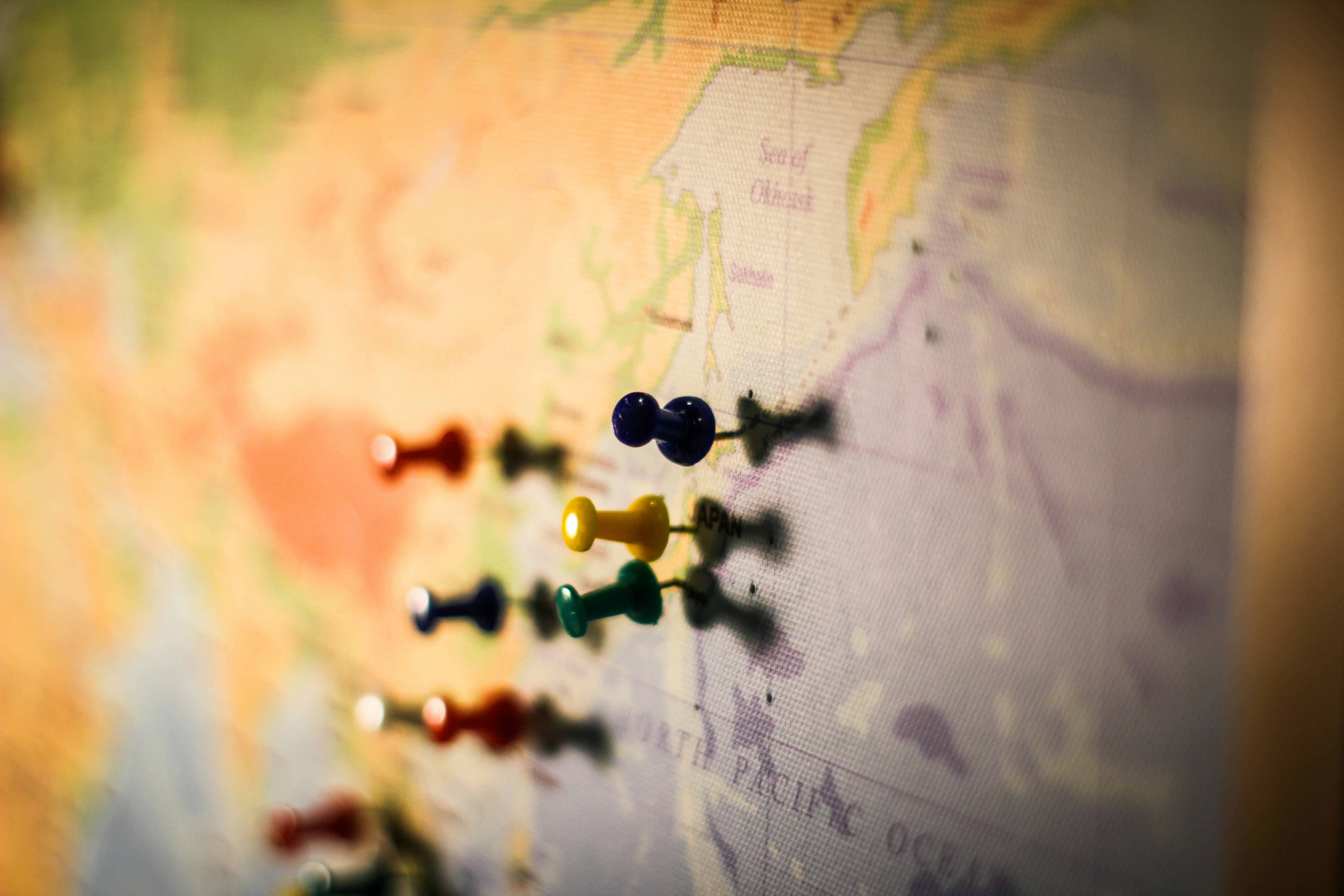
Location intelligence technologies have revolutionized the transportation industry by optimizing transportation routes and improving operational efficiency. These technologies rely on the collection and analysis of large sets of geospatial GPS and location data to provide valuable insights and support decision-making processes. By transforming raw data into actionable information, location intelligence technologies help transportation companies find optimal routes, reduce costs, and deliver better services to their customers.
Read more...Most Read
-

-
Feb 17 2012
-
Written by Scott Koegler
-
-

-
Jul 18 2017
-
Written by Super User
-
-

-
Feb 13 2019
-
Written by Scott Koegler
-
-

-
Feb 13 2013
-
Written by Scott Koegler
-






